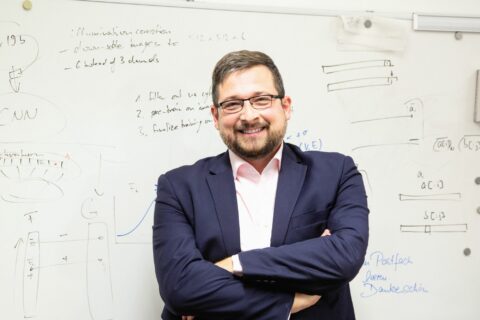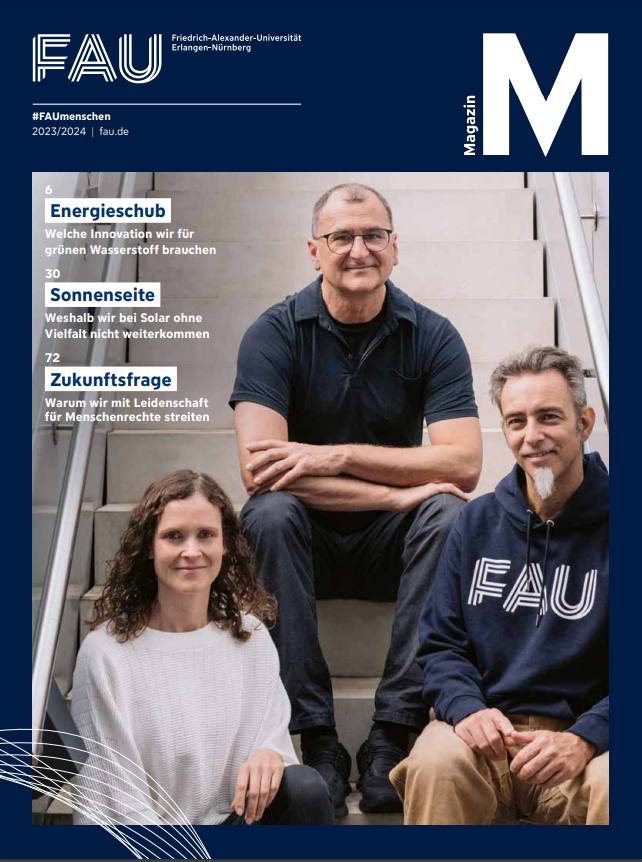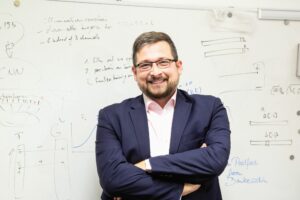Understanding what is normal

3 questions for Bernhard Kainz
Bernhard Kainz develops deep learning models for analyzing medical image data. He has been awarded an ERC Consolidator Grant worth two million euros for his research.
Prof. Kainz, what are you currently researching?
My research focuses on intelligent algorithms in health care, in particular on autonomous medical imaging. My aim is to integrate imaging and patient data in one analysis that mimics human decision-making and that supports medical staff in real time. Unlike most established methods, our model aims to understand the normal condition of healthy tissue instead of being trained on thousands of different images of various diseases.
Why are you interested in this topic?
Interpreting medical images depends greatly upon highly-specialized clinical experts. My motivation is to rationalize this process, reduce pressure on medical staff and offset the lack of specialists.
Which opportunities does your ERC Consolidator Grant offer?
The funding will allow me to pursue the development of innovative deep learning techniques that learn from the data of healthy patients without manual annotations. This will allow us to define what “normal” means in high-dimensional data, an important prerequisite for improving diagnostic methods and patient care.
This article is part of the FAU Magazin

A university thrives because of the people who research, study, teach and work there. A university is supported by people who are connected to it as alumni, friends and sponsors and who are committed to promoting its interests all over the world.
They all contribute their unique talents, skills and perspectives. It is this diversity that makes our FAU a place of innovation, a place where many talented individuals tackle the major challenges of our times together, and a place where they keep finding answers.
Read more articles online Download: FAU Magazin (PDF)
